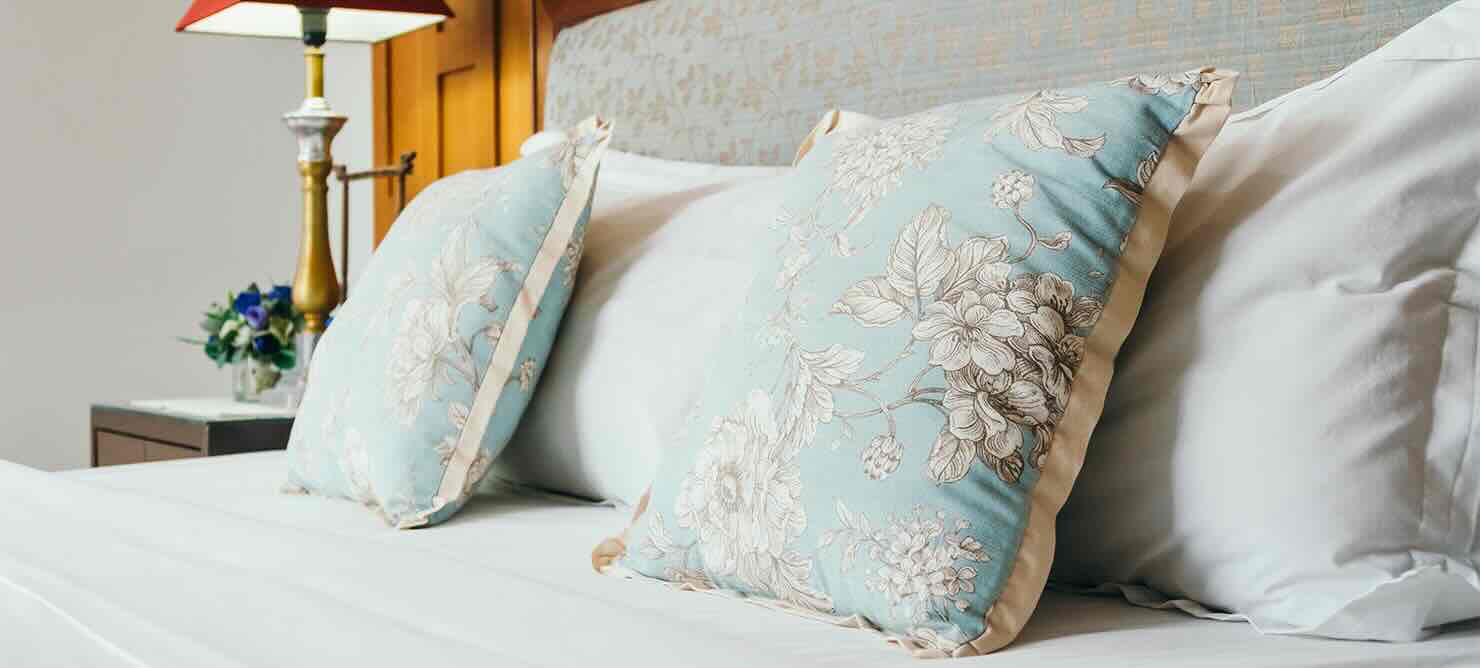

Articles
What To Do With New Pillows
Modified: January 19, 2024
Discover helpful articles on what to do with new pillows. Get tips on how to properly use, clean, and maintain your pillows for ultimate comfort and longevity.
(Many of the links in this article redirect to a specific reviewed product. Your purchase of these products through affiliate links helps to generate commission for Storables.com, at no extra cost. Learn more)
Introduction
When it comes to creating a cozy and inviting space in your home, pillows can play a significant role. Not only do they provide comfort and support, but they also add a touch of style and personality to any room. Whether you’ve just purchased a set of new pillows or you’re looking for creative ways to revamp your existing ones, this article will guide you on what to do with your new pillows.
From choosing the right pillow for your needs to exploring various decorating strategies, repurposing old pillows, and caring for them properly, we’ll cover all the essential aspects of maximizing the use and longevity of your pillows.
Key Takeaways:
- Choose pillows that suit your sleeping position, fill material, size, and quality for optimal comfort and support. Test different options and consult a professional if needed.
- Get creative with pillow decorating, repurpose old pillows, and care for them to enhance your home’s comfort and style. Experiment with colors, textures, and patterns for a personalized touch.
Read more: Why Do New Pillows Smell
Choosing the Right Pillow
When selecting new pillows, it’s crucial to consider your personal preferences and sleeping habits. The right pillow can greatly enhance your sleep quality and provide adequate support for your neck and spine. Here are some factors to keep in mind:
- Sleeping Position: Your sleeping position will determine the type of pillow that best suits your needs. Side sleepers may benefit from firmer pillows that offer more support, while back and stomach sleepers may prefer softer pillows to align their neck and spine.
- Fill Material: Pillows come in a variety of fill materials, each with its own pros and cons. Memory foam pillows contour to your shape and provide excellent support, while down pillows offer a fluffy and luxurious feel. Consider allergies, firmness, and breathability when choosing the fill material.
- Pillow Size: The size of your pillow should correspond to the dimensions of your bed and your personal comfort preferences. Standard, queen, and king size pillows are the most common options.
- Pillow Height: Pillow height is essential in maintaining proper neck and spinal alignment. A pillow that is too high or too low can lead to neck pain or discomfort. Look for a pillow with an adjustable loft to customize the height to your liking.
- Quality and Durability: Investing in high-quality pillows ensures long-term comfort and durability. Check for features like double-stitched seams and high thread counts that indicate superior construction.
Remember to test out different pillow options whenever possible to find the one that offers the best combination of comfort and support for your unique needs. Additionally, consider consulting with a healthcare professional if you have specific neck or spine issues that require specialized pillow recommendations.
Decorating with Pillows
Pillows are not just functional; they also serve as decorative accessories that can transform the look and feel of a room. Here are some creative ideas for incorporating pillows into your home decor:
- Color and Pattern: Choose pillows in colors and patterns that complement the overall color scheme and style of your room. They can add pops of color or tie in with existing decor elements.
- Layering: To create depth and visual interest, try layering pillows of different sizes and textures. Mix and match patterns, textures, and colors for a curated and stylish look.
- Accent Pillows: Use accent pillows to make a statement. These can be larger pillows with bold patterns or unique shapes that draw attention and become a focal point in the room.
- Texture and Material: Incorporate pillows made from different materials, such as velvet, fur, or woven fabrics, to add texture and tactile appeal.
- Pillow Placement: Experiment with different arrangements and placements. Use pillows on sofas, chairs, beds, and even window seats to create cozy and inviting spaces.
- Seasonal Themes: Switch out pillows seasonally to update your decor. Opt for lighter colors and breezy fabrics in the spring and summer, and cozy, warm tones during the fall and winter.
Don’t hesitate to get creative and showcase your personal style when decorating with pillows. They offer a versatile and cost-effective way to refresh your space and add a touch of comfort and personality.
Using Pillows for Neck Support
One of the most important functions of a pillow is to provide proper support for your neck and spine while you sleep. Here are some tips for using pillows to maintain optimal neck alignment:
- Choose the Right Pillow: As mentioned earlier, selecting a pillow that suits your sleeping position is crucial. Side sleepers may benefit from a firmer pillow that fills the gap between the shoulder and ear, while back and stomach sleepers may require a thinner, softer pillow.
- Position Your Pillow Correctly: When lying on your back, the pillow should support the natural curve of your neck, with your head and neck aligned with your spine. For side sleeping, the pillow should fill the space between the ear and shoulder to maintain a straight and neutral alignment.
- Consider a Contour Pillow: Contour pillows are specifically designed with a curved shape to support the neck and align the spine. They can alleviate neck pain and improve sleep quality for those with specific neck issues.
- Experiment with Pillow Height: Adjusting the height of your pillow can make a difference in neck support. For example, if you have a longer neck, you may require a higher loft pillow, while a shorter neck may benefit from a lower loft.
- Combine Pillows for Added Support: For those who require extra neck support, using multiple pillows can be beneficial. Place a smaller pillow or rolled-up towel under your neck to provide additional cushioning and maintain proper alignment.
Proper neck support is essential for preventing neck pain, stiffness, and discomfort. Take the time to find the right pillow and adjust it accordingly to ensure that your neck and spine are properly supported while you sleep.
When you get new pillows, be sure to fluff them regularly to maintain their shape and support. This can help extend their lifespan and keep them feeling comfortable.
Repurposing Old Pillows
Instead of discarding old pillows, consider repurposing them in creative and practical ways. Here are a few ideas to breathe new life into your old pillows:
- Create Pet Beds: Old pillows can be transformed into cozy pet beds. Simply cover them with a pet-friendly fabric and place them in your furry friend’s favorite corner.
- Make Floor Cushions: Large, firm pillows can be repurposed as floor cushions for added seating in your living room or entertainment area.
- Donate to Animal Shelters: Contact local animal shelters or rescue organizations to see if they accept donations of old pillows. They can provide comfort for animals awaiting adoption.
- Use as Travel Pillows: Cut smaller pillows in half and sew them into travel-sized cushions. These are perfect for supporting your neck during long car rides or flights.
- Create Outdoor Cushions: Waterproof or outdoor fabrics can be used to cover old pillows, turning them into comfortable outdoor cushions for your patio furniture.
- Make Cushions for Kids: Turn old pillows into fun and vibrant cushions for children’s play areas or reading nooks. Use colorful fabrics and playful patterns to make them appealing to kids.
By repurposing your old pillows, you can reduce waste and extend their usefulness. Get creative and think outside the box to find unique ways to repurpose them around your home or donate them to organizations in need.
Read more: What Do Copper Pillows Do
Caring for Your Pillows
Caring for your pillows properly is essential to maintain their cleanliness, shape, and longevity. Here are some tips to keep your pillows in top condition:
- Regular Fluffing: Fluff your pillows regularly to redistribute the filling and restore their shape. This will prevent them from becoming flat and lumpy over time.
- Wash According to Instructions: Check the care label on your pillows for specific washing instructions. Most pillows can be machine washed, but some may require hand washing or dry cleaning. Follow the recommended process to avoid damaging the pillows.
- Protective Covers: Use pillow protectors or pillowcases to shield your pillows from stains, sweat, and dust. These can be easily removed and washed, helping to keep your pillows fresh and clean.
- Replace Pillowcases Frequently: Regularly change and wash your pillowcases to maintain good hygiene and prevent allergens from accumulating.
- Sun and Air Dry: Whenever possible, expose your pillows to sunlight and fresh air to eliminate odors and remove moisture. This can help keep them fresh and prevent the growth of bacteria.
- Consider Pillow Refreshers: Pillow refreshers, such as sprays or powders, can help neutralize odors and keep your pillows smelling fresh between washes.
- Replace When Necessary: Pillows have a lifespan. When they no longer provide adequate support or have become worn out, it’s time to replace them. A general rule of thumb is to replace pillows every 1-2 years.
By following these care tips, you can prolong the life of your pillows and ensure they remain clean, comfortable, and in good condition.
Conclusion
Pillows are not only functional but also versatile elements that can enhance both the comfort and aesthetic appeal of your home. By selecting the right pillows, decorating with style, utilizing them for neck support, repurposing old ones, and caring for them properly, you can make the most of your pillows.
When choosing pillows, consider your sleeping position and preferences to ensure optimal support and comfort. Use pillows as a way to express your personal style and enhance the overall look of your space. Experiment with different materials, colors, and patterns to create a visually appealing and inviting atmosphere.
Remember the importance of using pillows to support your neck and maintain proper spinal alignment while you sleep. Using the right pillow and adjusting its height can go a long way in preventing neck pain and discomfort.
Don’t let old pillows go to waste. Repurpose them creatively, such as making pet beds, floor cushions, or outdoor cushions. And, of course, caring for your pillows is essential for their cleanliness and longevity. Regularly fluff, wash according to instructions, and use protective covers to keep them in top condition.
By following these tips, you can transform your pillows from mere accessories into essential elements of comfort and style in your home. Whether you’re curling up for a good night’s sleep or lounging on the sofa, your pillows can provide the perfect blend of support and coziness.
So, make the most of your new pillows and enjoy the comfort and style they bring to your home.
Frequently Asked Questions about What To Do With New Pillows
Was this page helpful?
At Storables.com, we guarantee accurate and reliable information. Our content, validated by Expert Board Contributors, is crafted following stringent Editorial Policies. We're committed to providing you with well-researched, expert-backed insights for all your informational needs.
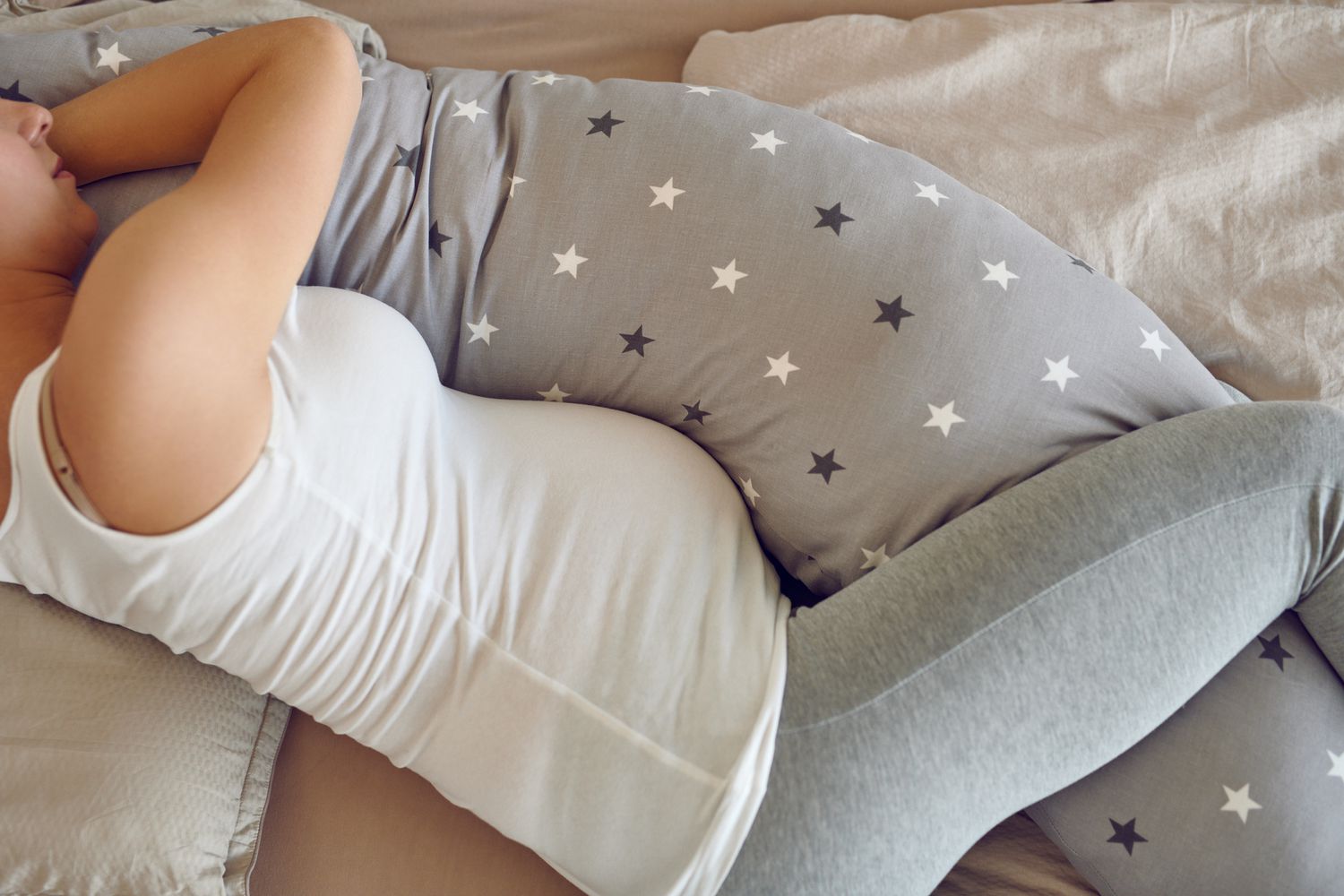
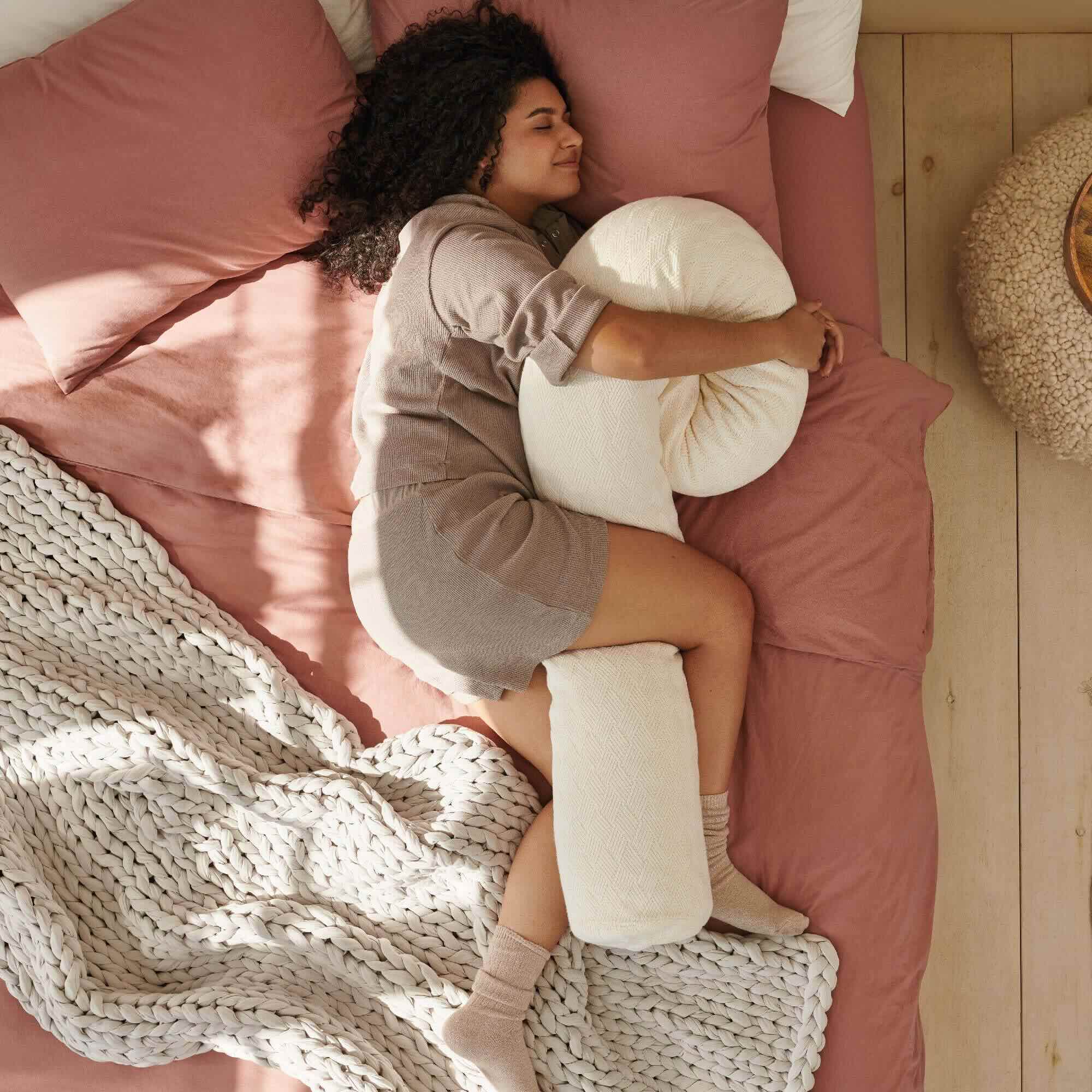
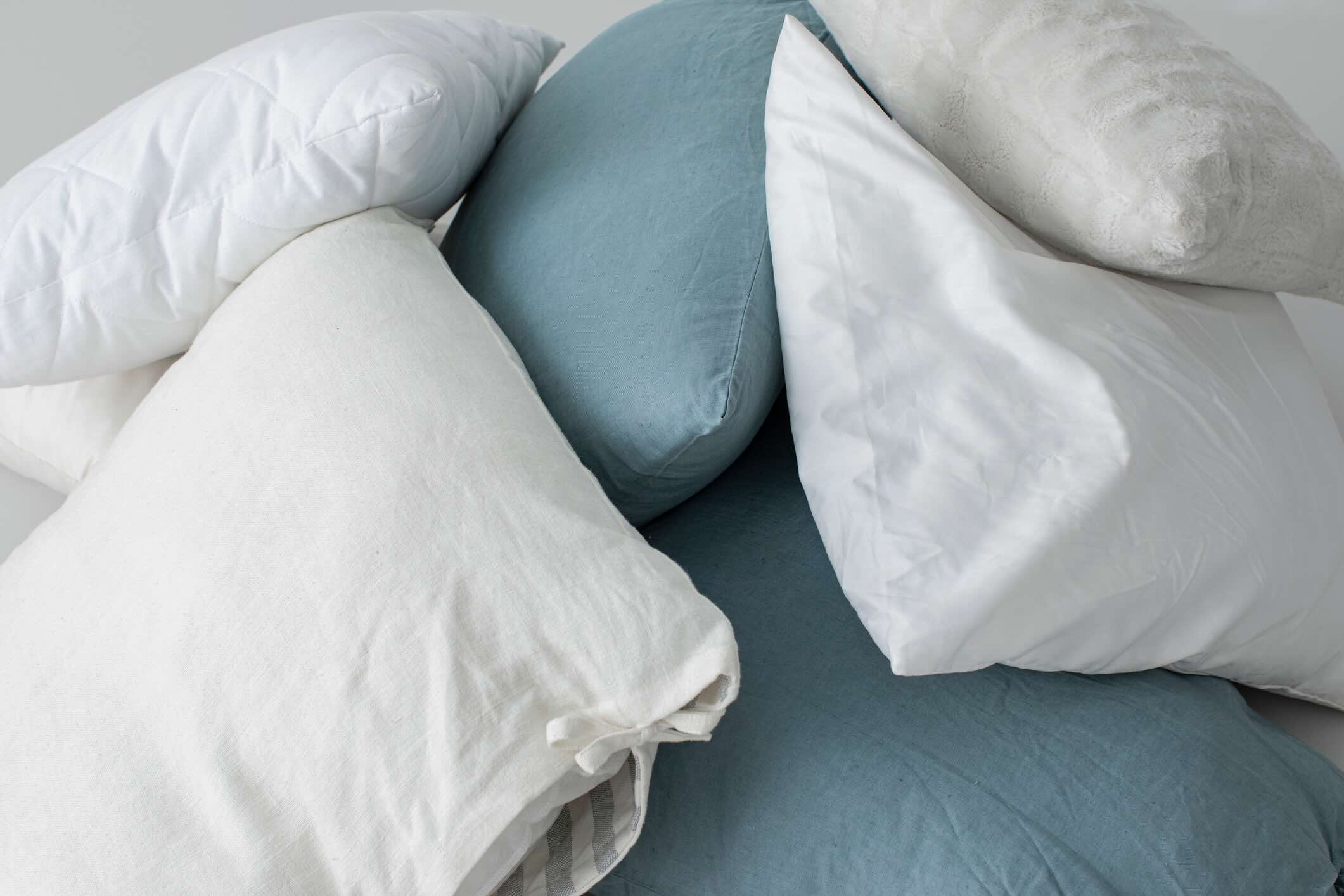
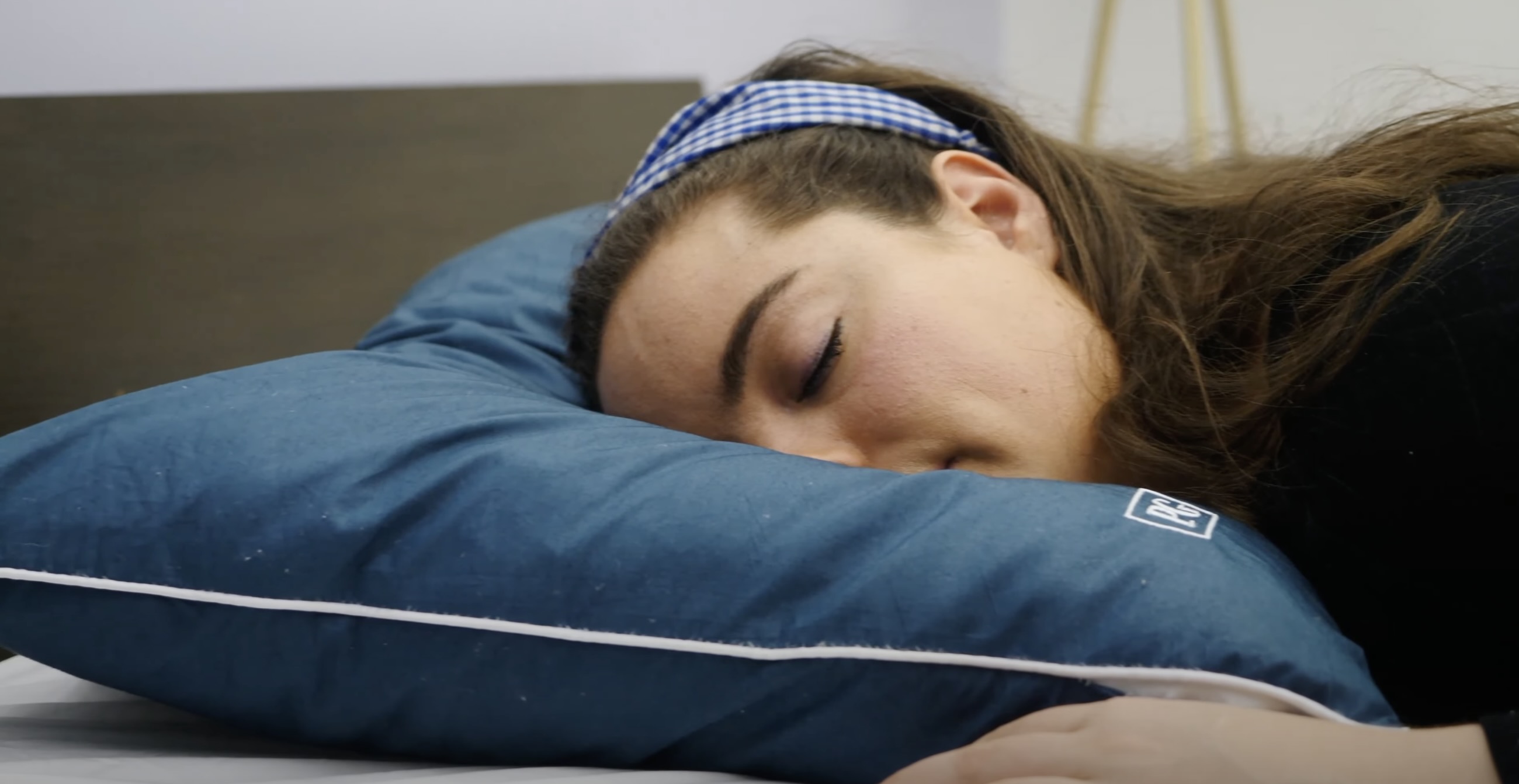

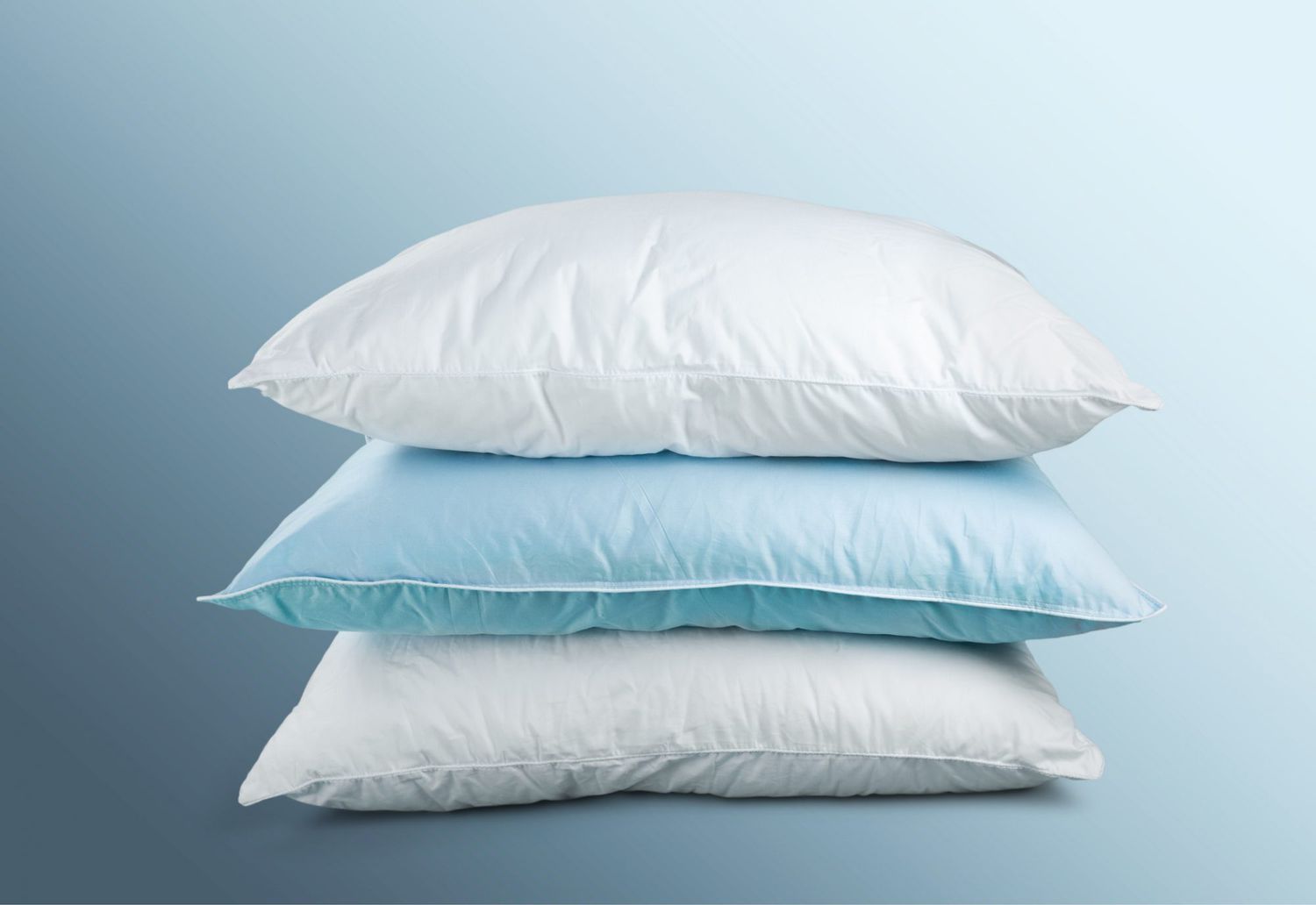
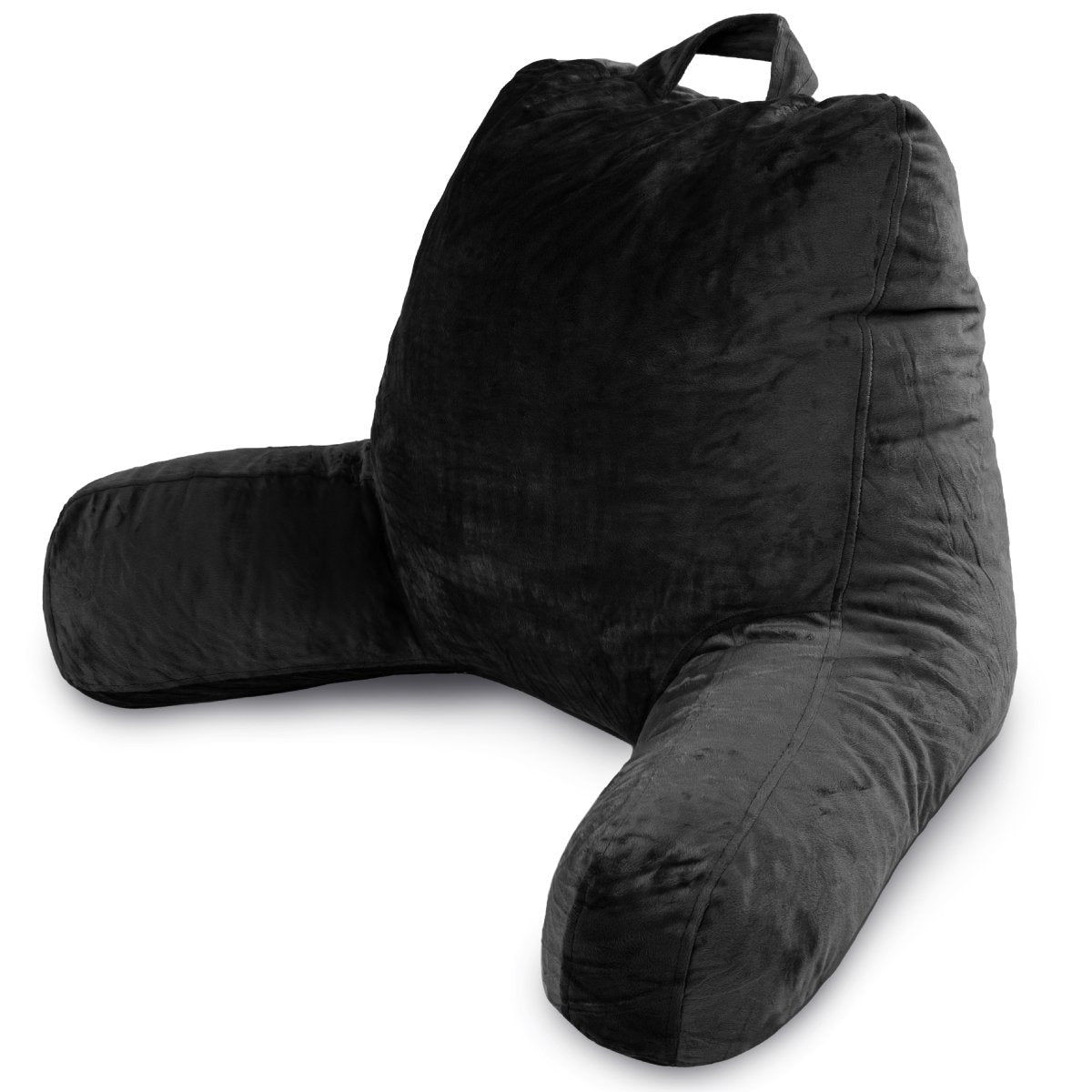
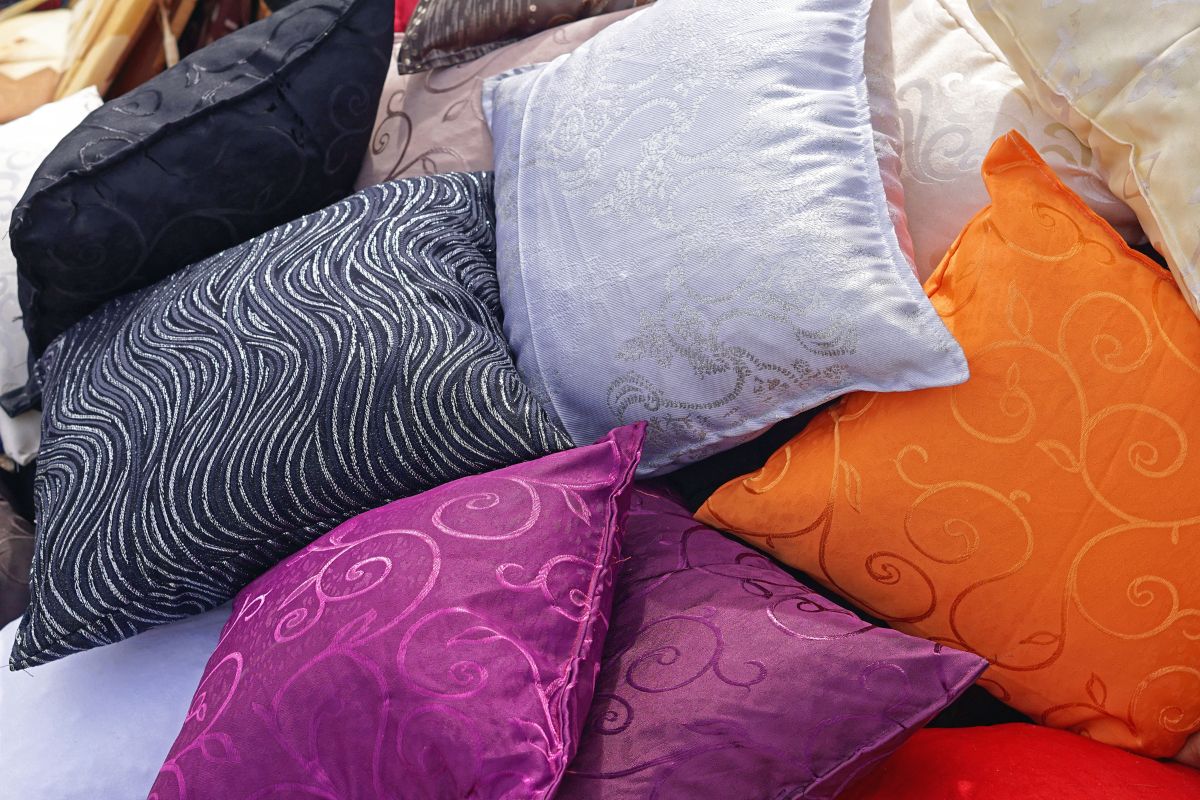
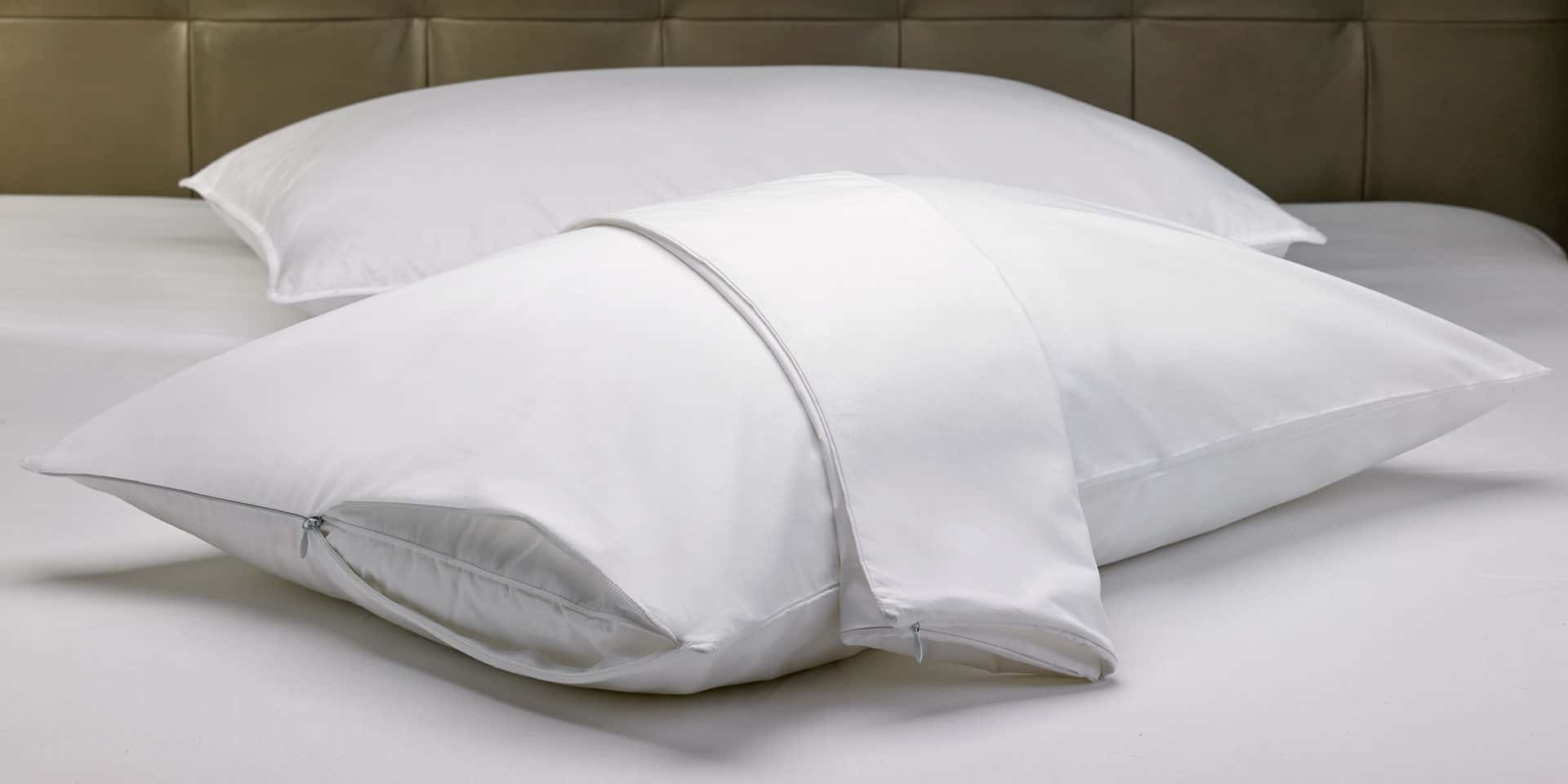
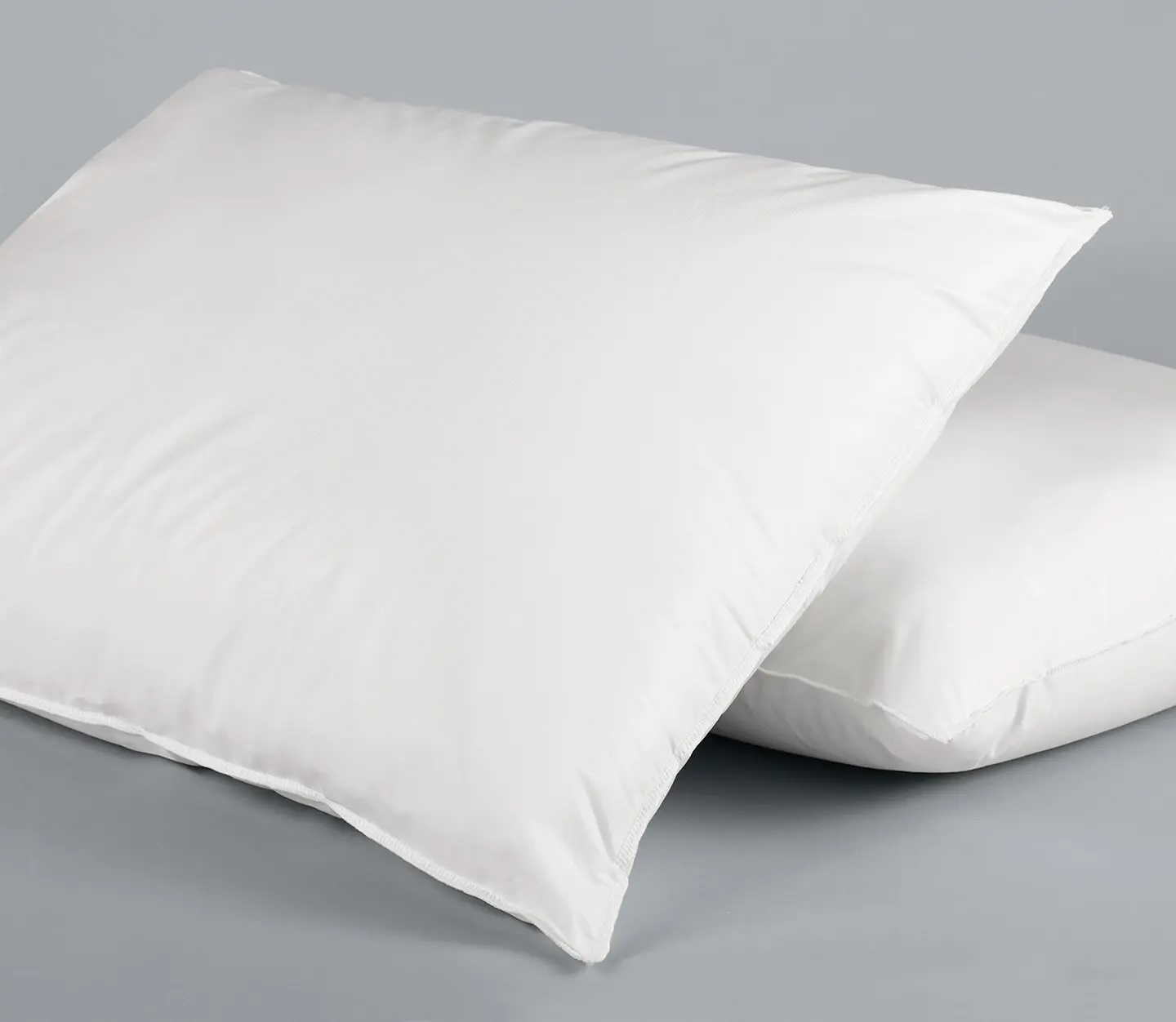
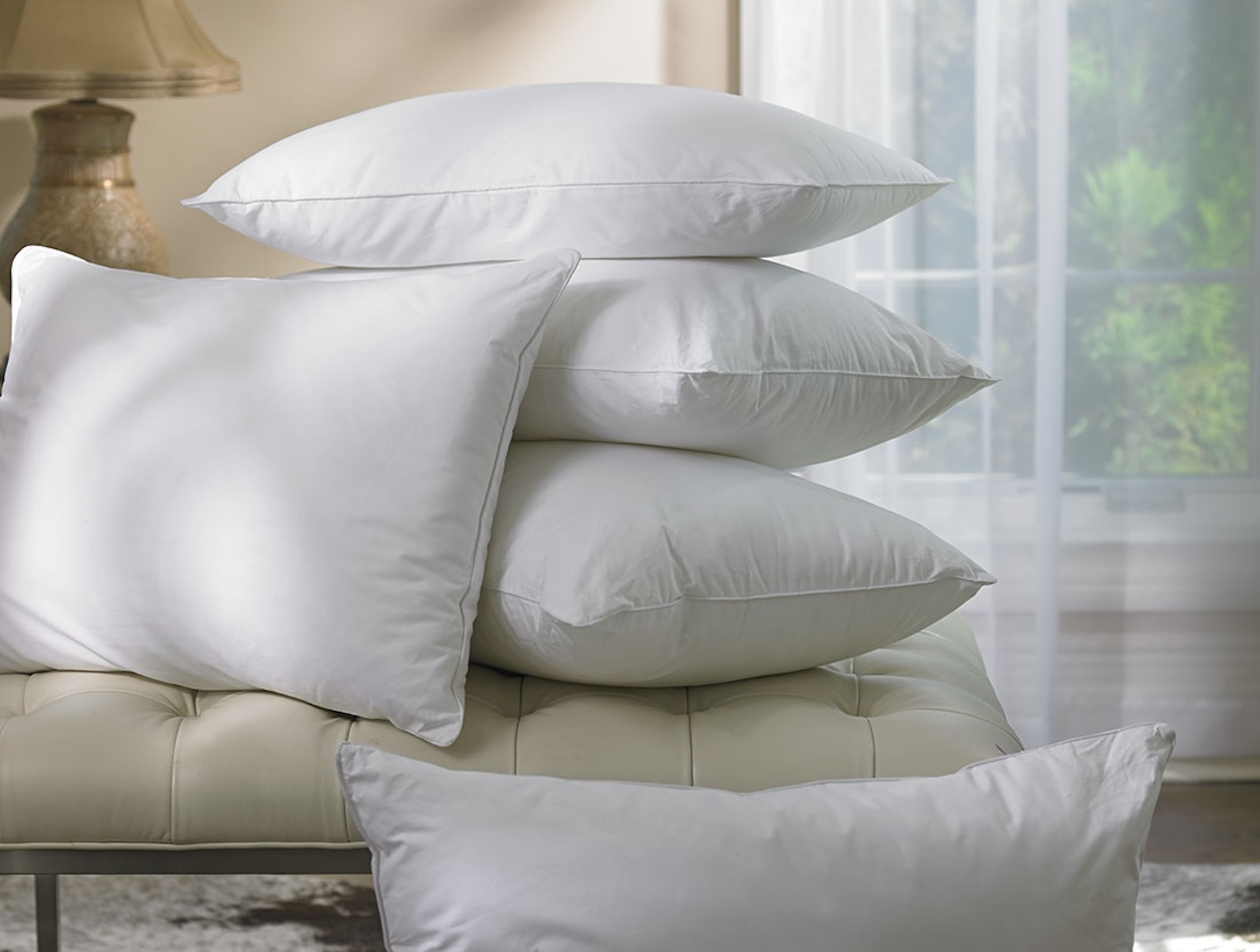
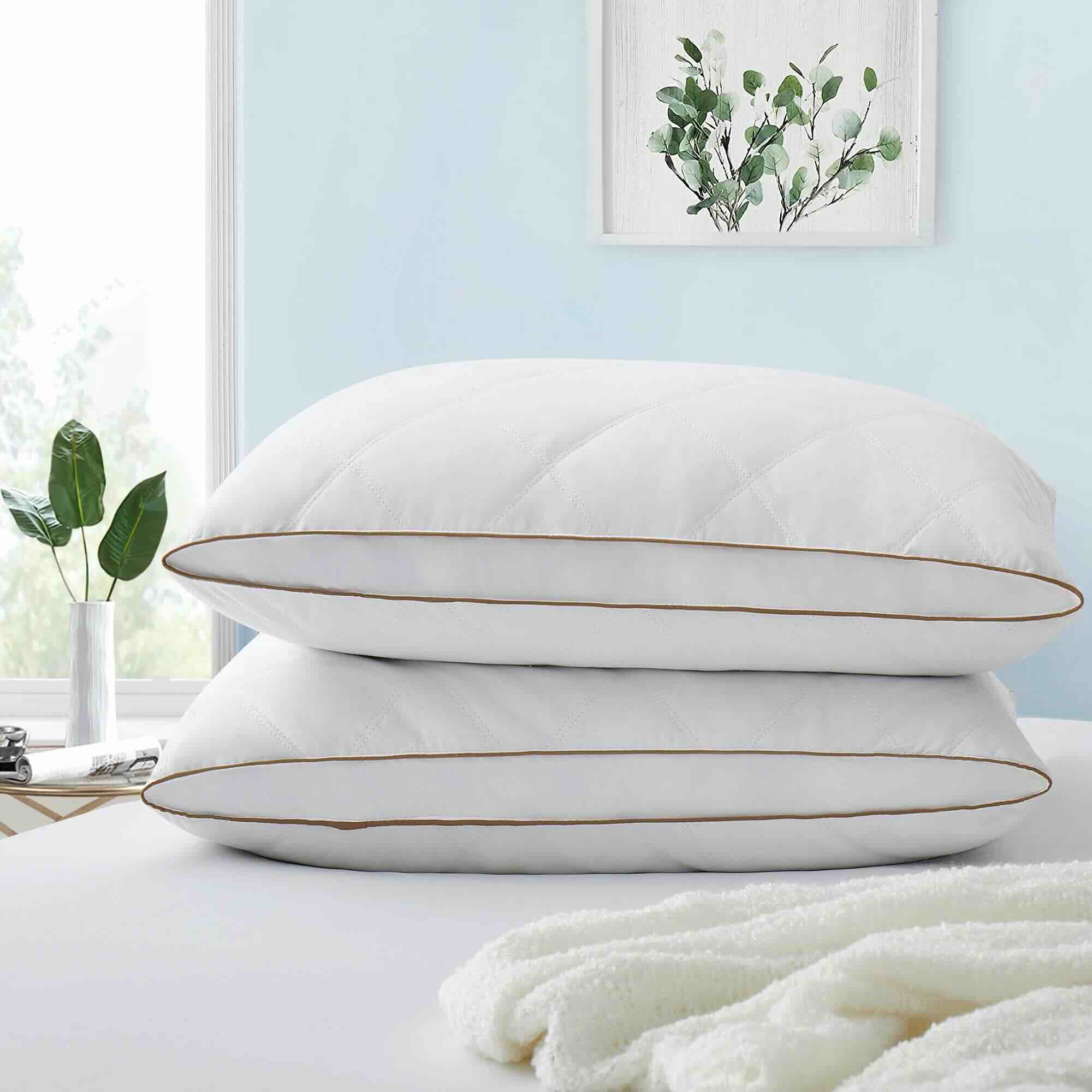
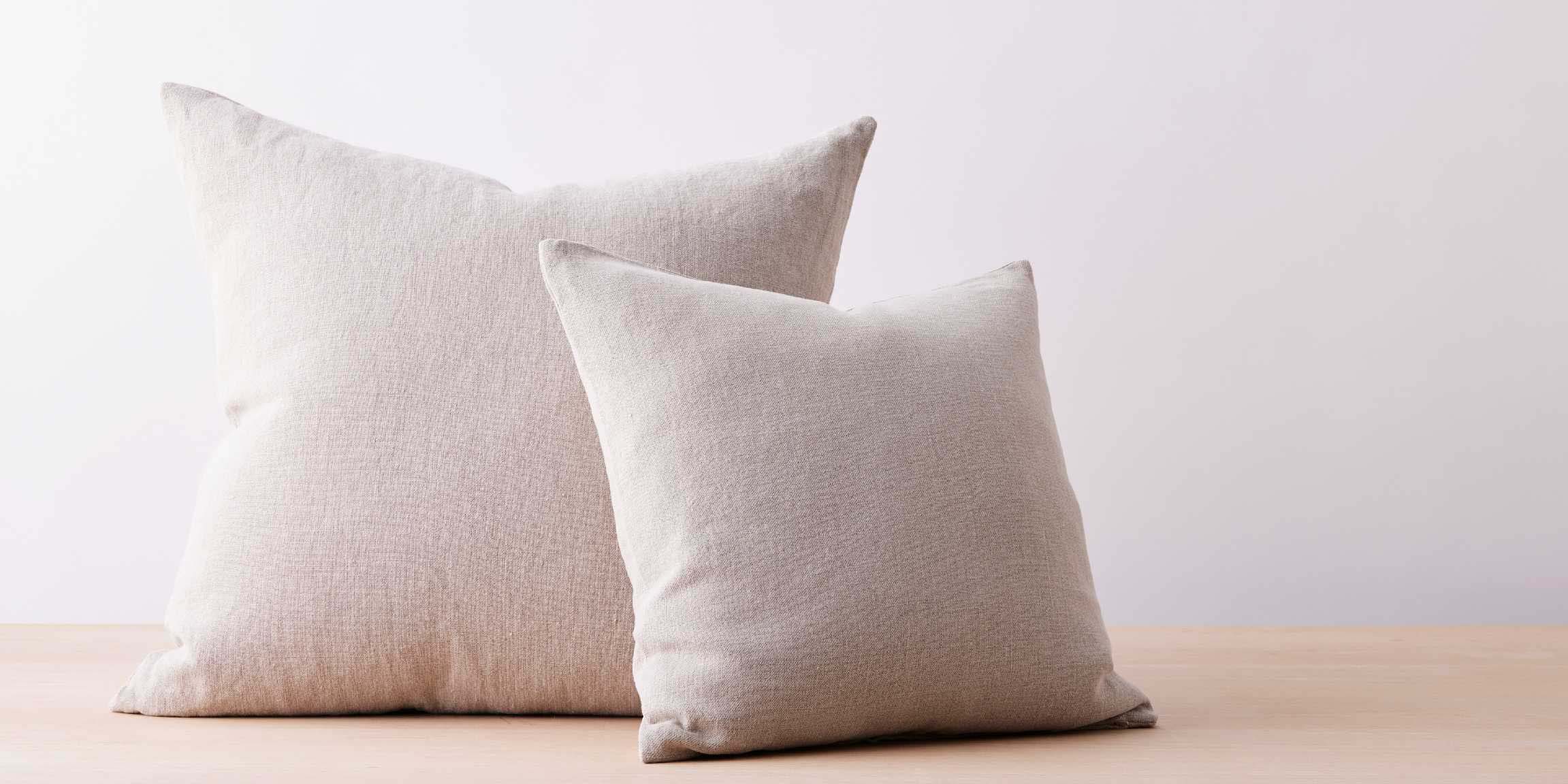


0 thoughts on “What To Do With New Pillows”